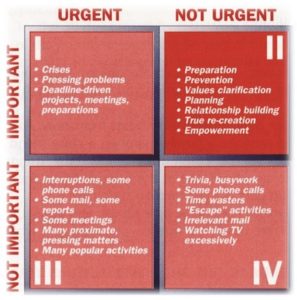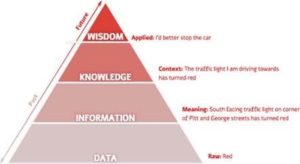What is and what is not, in the simple words and thoughts of a lifelong learner, creative professional and an incorrigible ‘failer‘ (not failure!).
Agile:
1. Able to move quickly and easily. Synonyms: nimble, lithe, supple, limber, acrobatic, fleet-footed, light-footed, light on one’s feet;
2. Relating to or denoting a method of project management, used especially for software development, that is characterized by the division of tasks into short phases of work and frequent reassessment and adaptation of plans.
Lean:
verb
1. Be in or move into a sloping position. Synonyms: slant, incline, bend, tilt, be at an angle, slope, tip, list
noun
1. A deviation from the perpendicular; an inclination.
Some people believe that businesses are lean or agile, or that teams are lean or agile. The truth is that we assign these individual traits to collections. Only living, sentient beings can be agile or lean. You must be able to plan, do, check and adjust (PDCA or Demming Method) your behaviors and actions based on learnings from previous outcomes!
If a collection is described as lean or agile they must have more people in the organization that have these traits than people who do not, or the leadership(empirical) who have an overwhelming impact on the others, is strongly aligned to these traits.
Two quick examples:
Microsoft with Steve Ballmer as the leader was not considered ‘Innovative’ even though they had products that were.
Microsoft under Satya Nadella is considered innovative and they have many products and services that are innovative and agile. In fact, some tech blogs are now saying Microsoft is moving too fast with Windows 10!
https://www.dictionary.com/browse/empirical
With this established as a baseline, I now feel comfortable explaining how and why I embrace Agile and Lean, as well as how it ties into the Lego world, to me!
Lego Serious Play is about learning by doing (Kinesthetic Learning), it is by it’s very nature empirical, in other words, you move forward by learning and doing. It is experiential learning! The power of this type of learning is nothing short of incredible.
The graphic below is an excellent articulation of the nature of experiential learning and the ability to learn, grow and make better decision, more effective planning/strategy and execution. I look forward to dialogue in this group!
Kinesthetic Learning is applying knowledge, from the image above, outside of it’s boundary to try to apply it to new things. Simple examples, a ‘cordless’ phone used to mean a phone with a local receiver and base station. That boundary was moved into a new paradigm. Solving the first problem, lead to the second solution, what we call a cell phone today. You could easy apply the same model to mobile computing!
Thanks!




